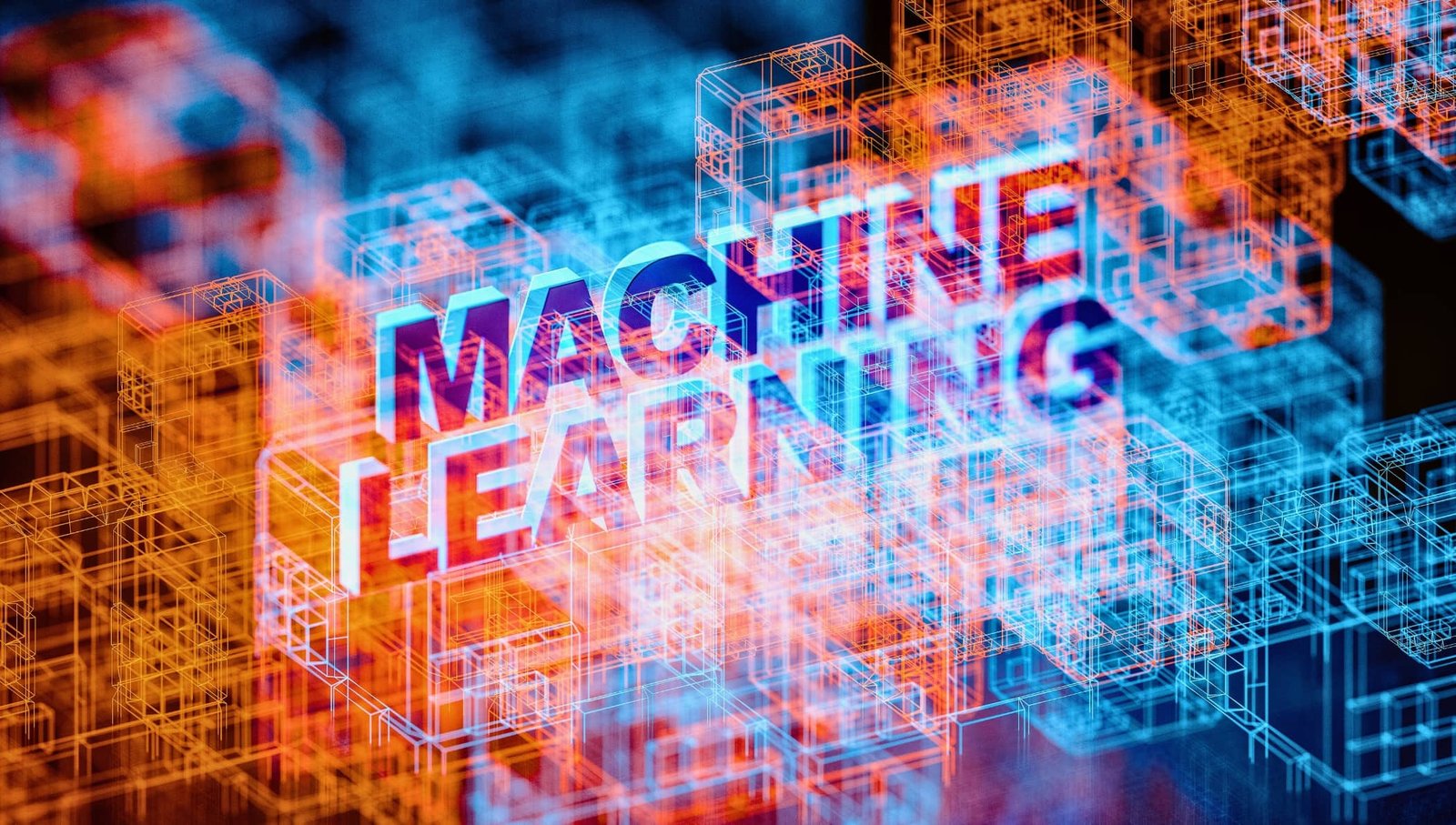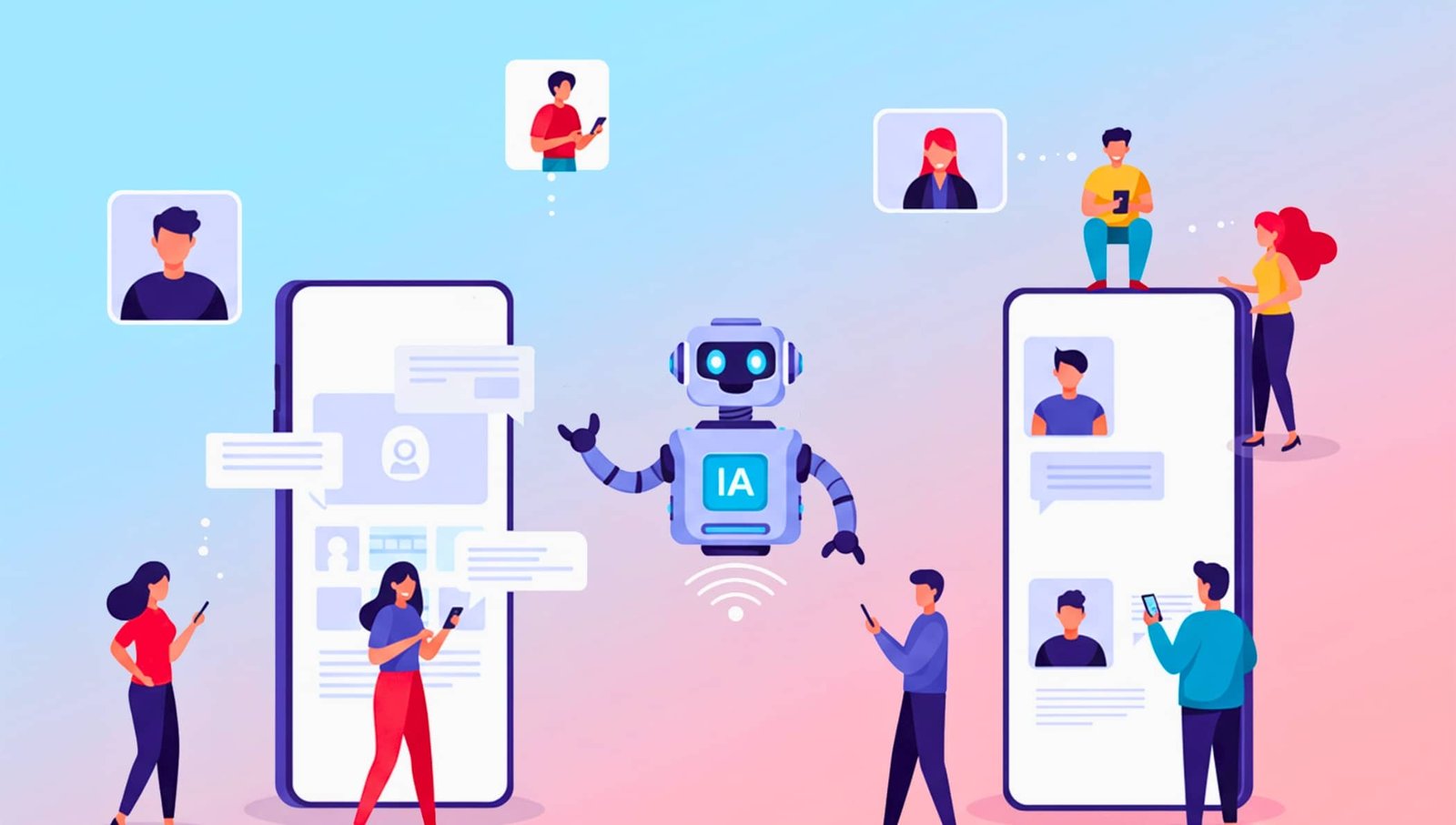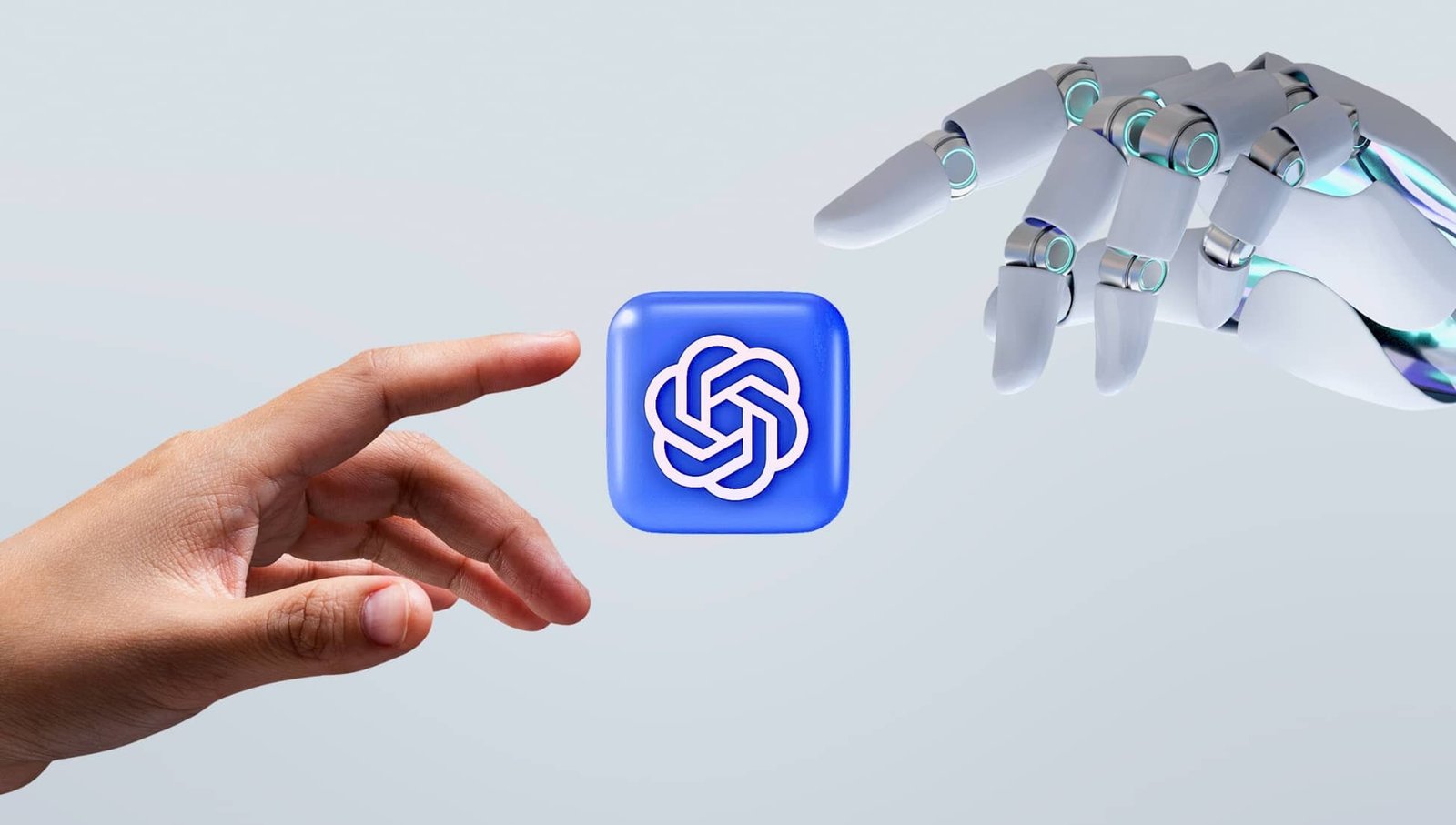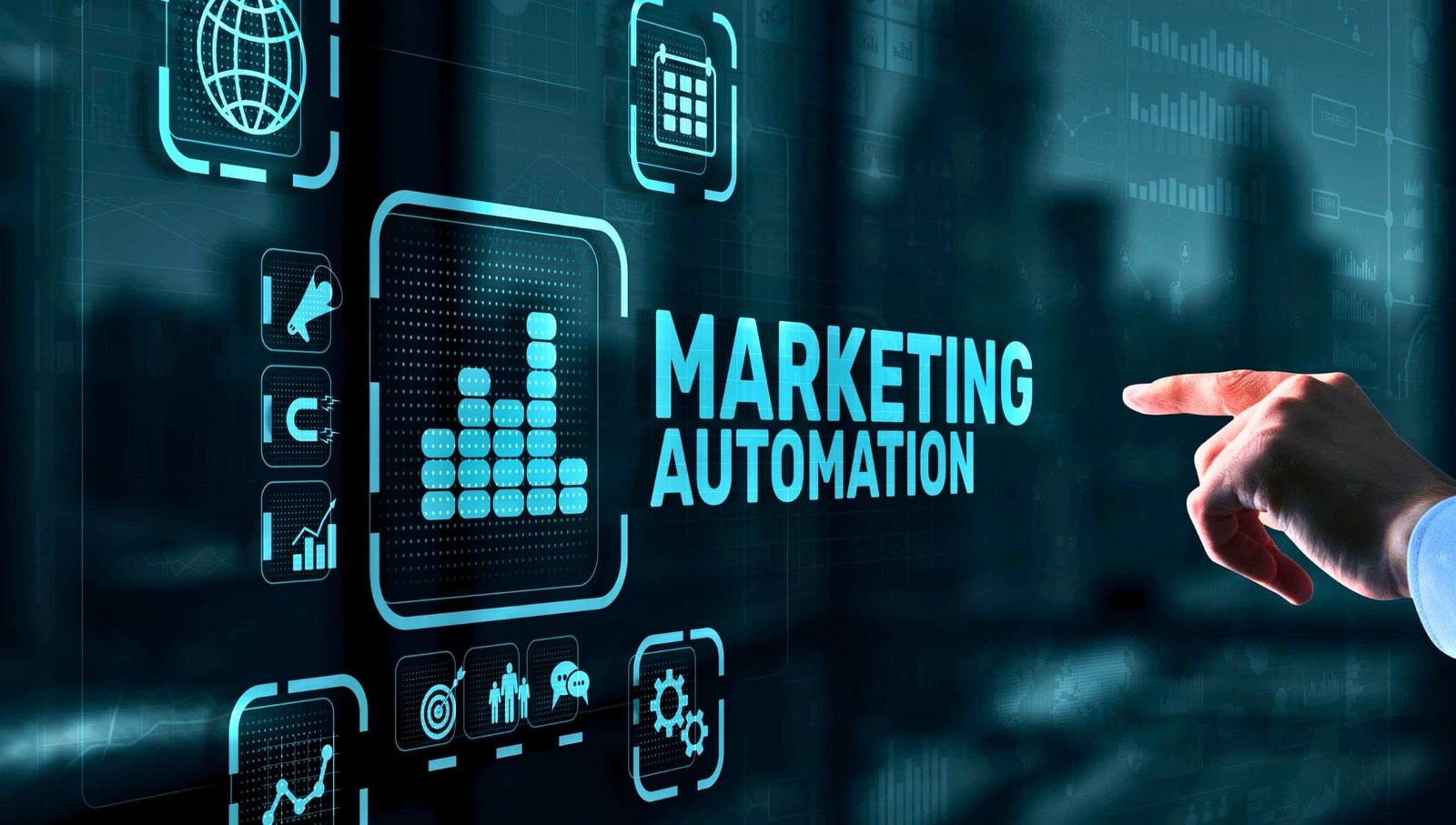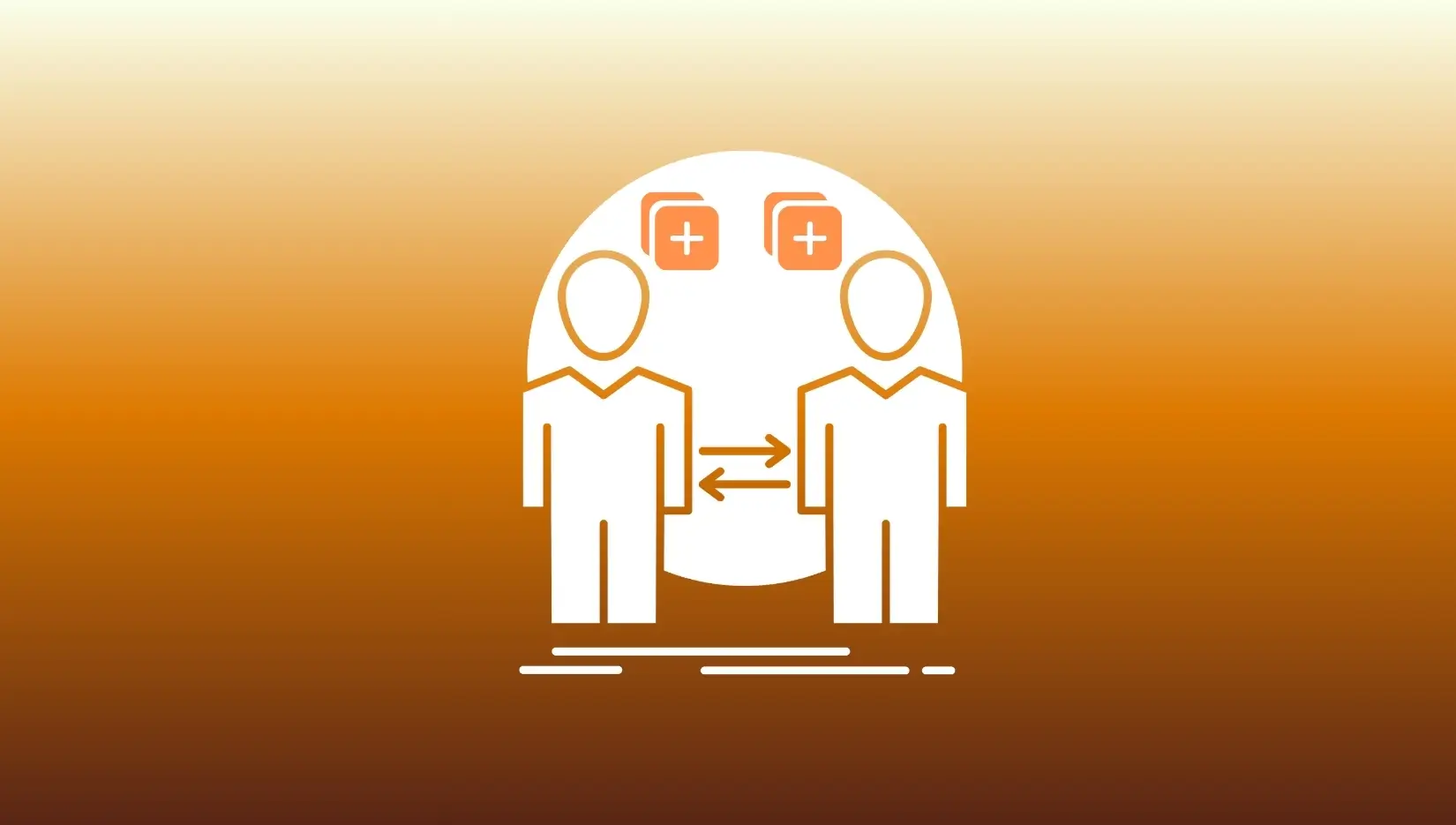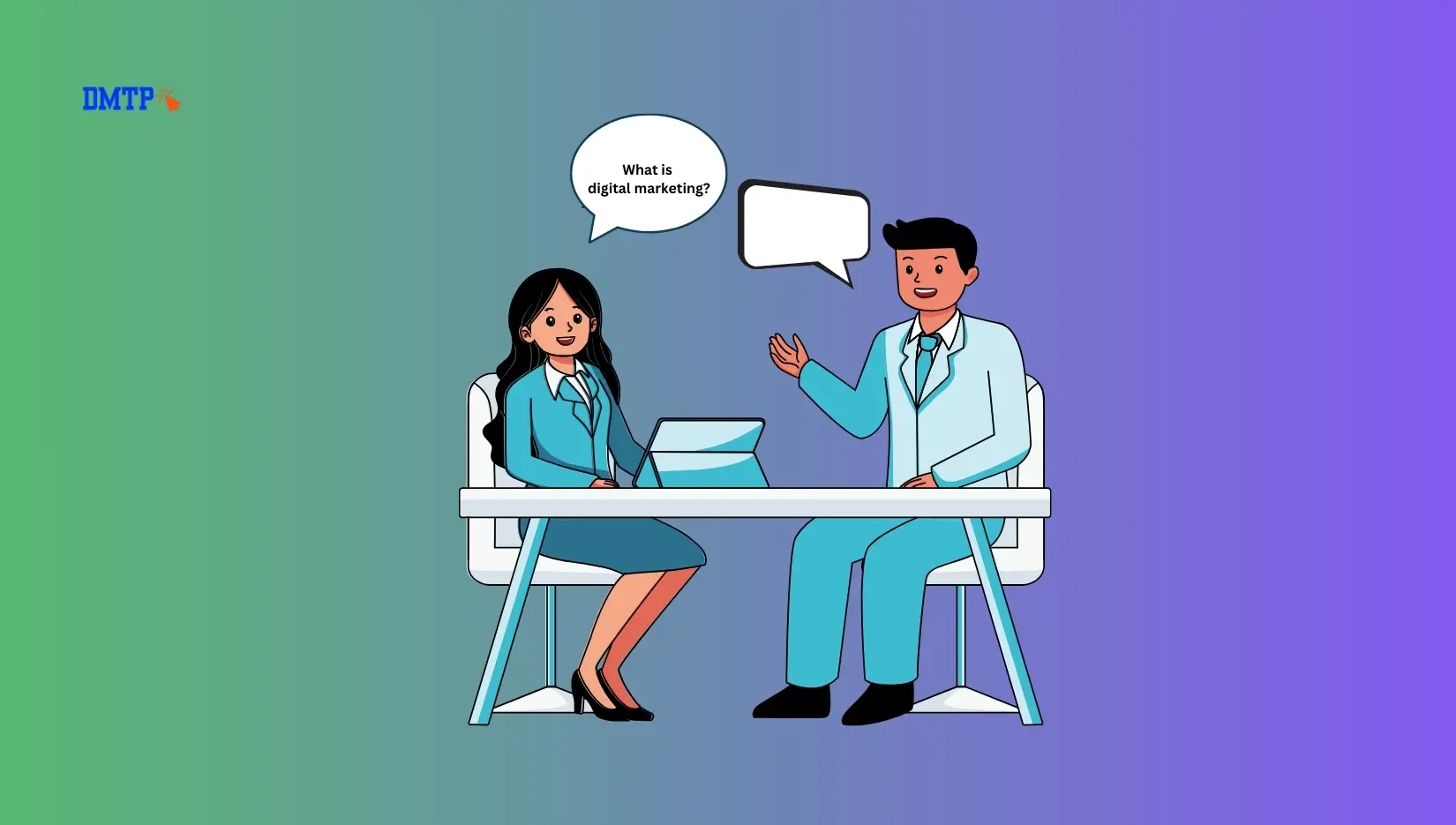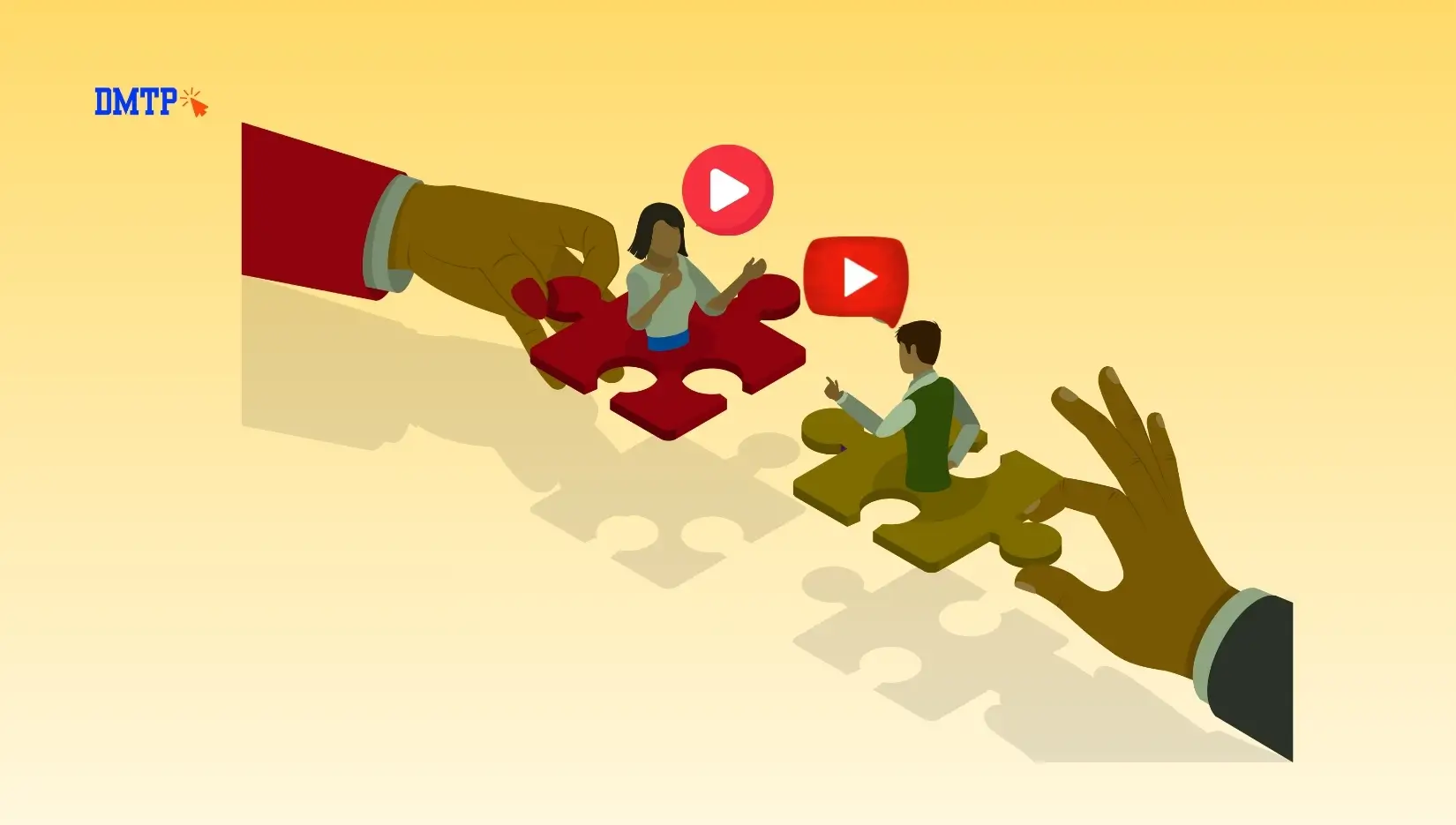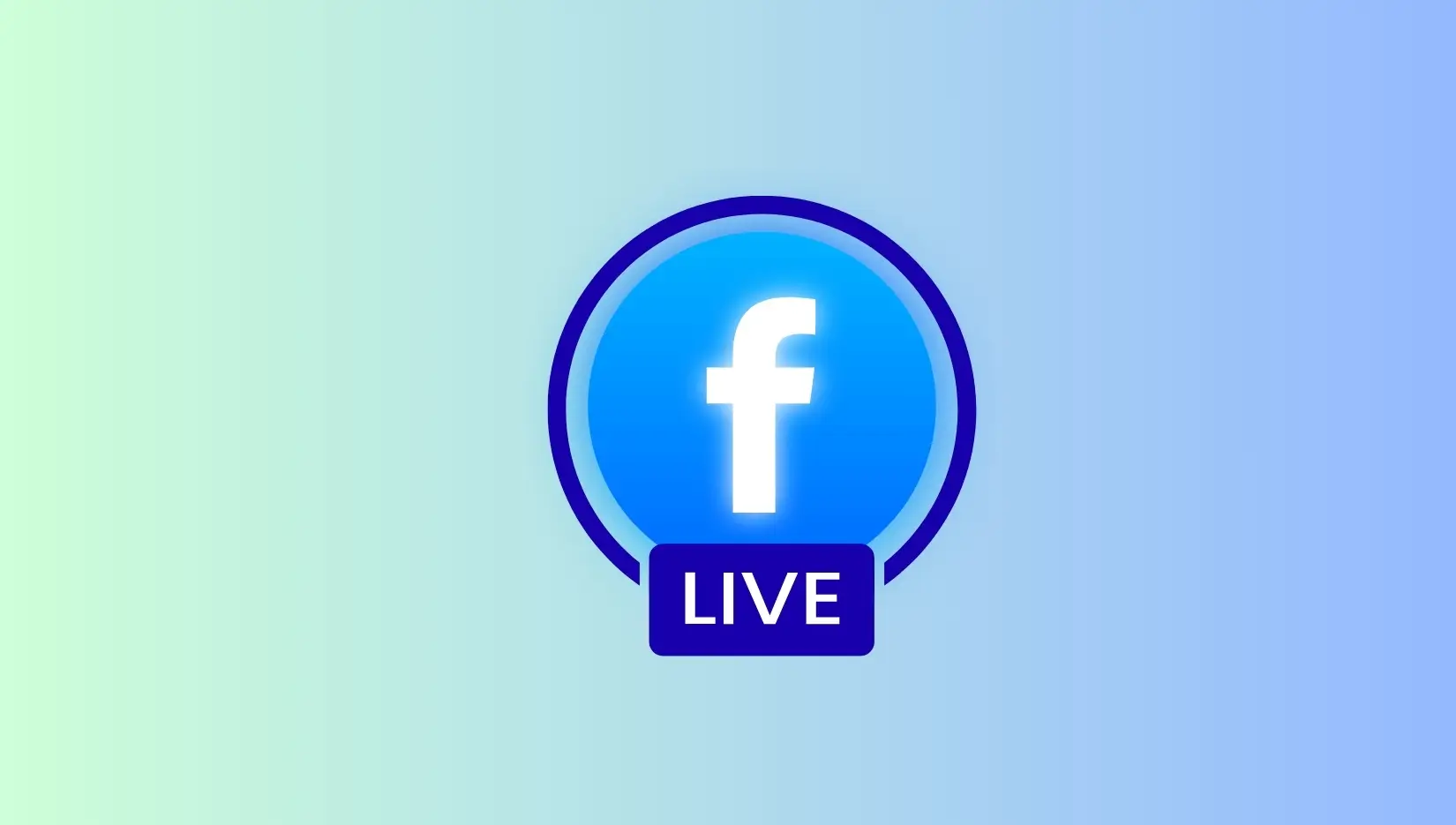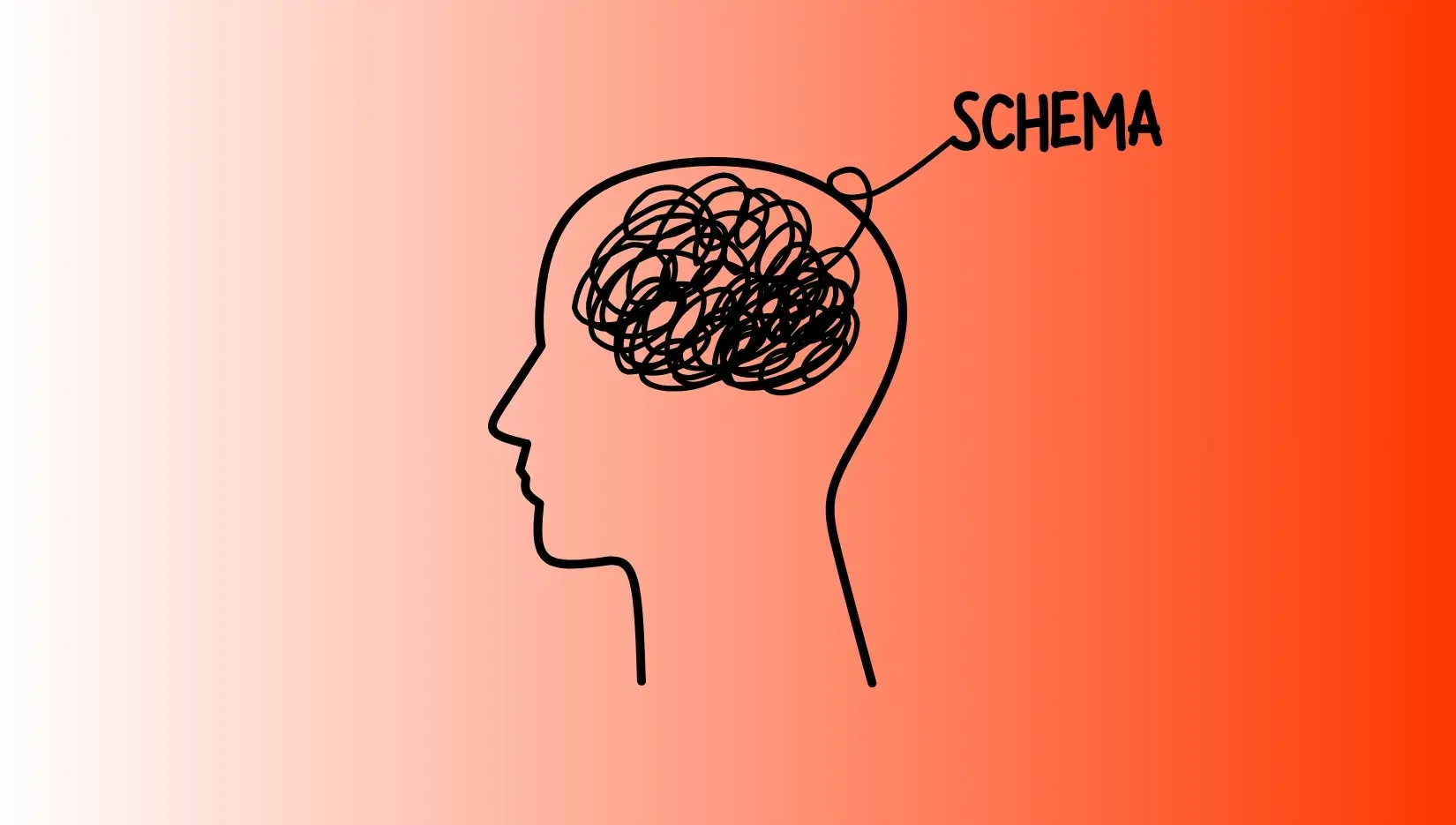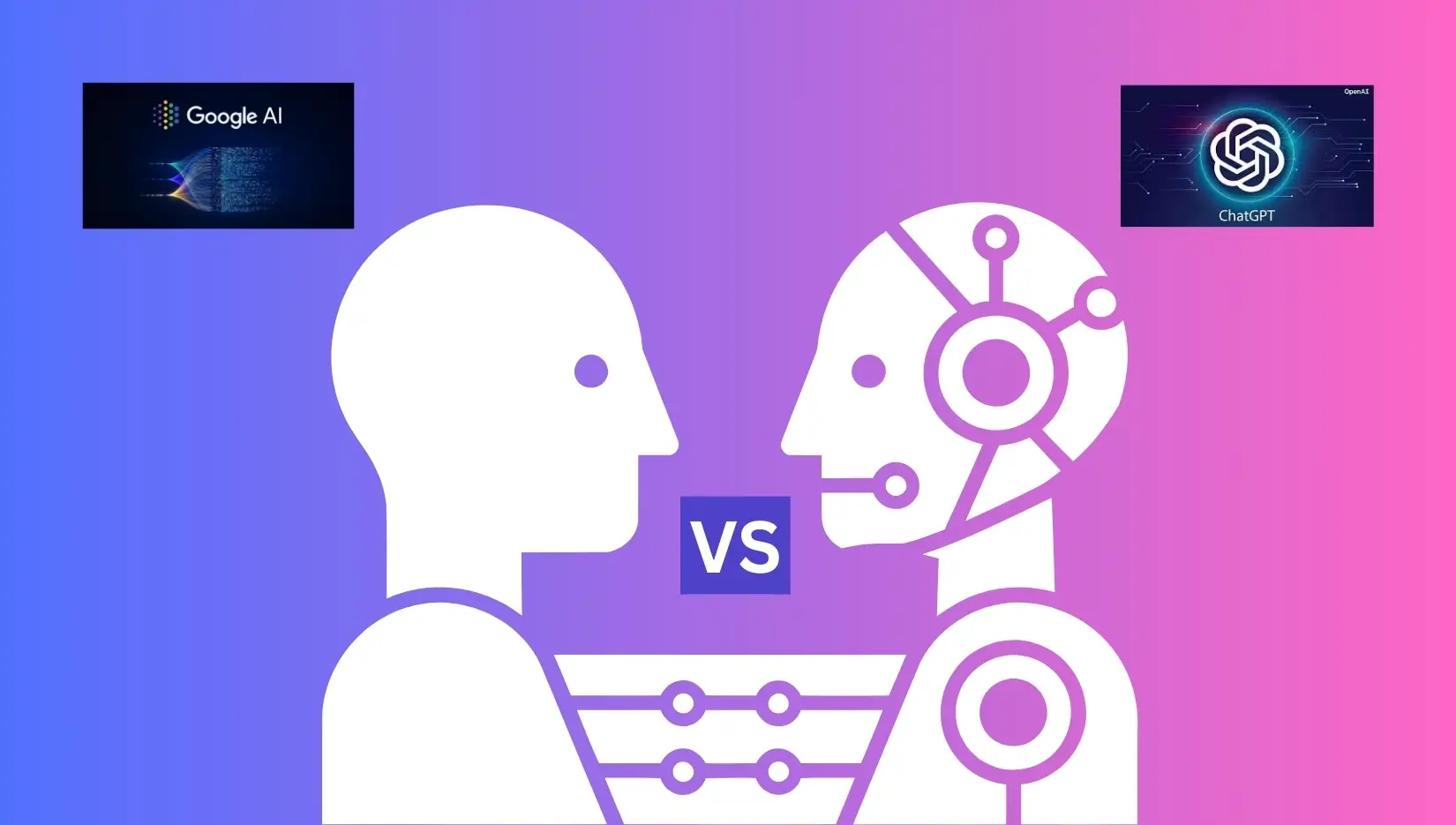Predicting what consumers want prior to them actually buying it seems to be magic. But it’s actually not. Machine learning is the process of predicting what customers want.
In the digital world of today, machine learning in marketing is more than buzzwords. It’s an effective, practical instrument that allows companies to customize messages, optimize campaigns, and transform information from the data into actionable information.
If you’ve ever wondered why companies such as Amazon appear to know precisely what you’ll purchase next, or even how Spotify suggests your latest favourite artist, you’ll soon learn more.
Let’s look at the ways that machine learning applied to marketing can help you anticipate the behavior of your customers, decrease churn, and improve ROI through better, more human-centered strategies.
What Is Machine Learning in Marketing?
machine learning (ML) is a subset of artificial intelligence which allows computers to acquire knowledge from data, without having to be explicitly programmed. Marketing is a prime example of this. ML aids in the analysis of the behavior of customers and segment audiences, customize experiences and even automate marketing actions in real-time.
In simple terms: Machine learning finds patterns in the data of users and anticipates the actions your customers will do in the future.
Why It Matters
Today’s customers want personalized and frictionless experiences. Machine learning can help marketers:
- Find out what the users are looking for and when they’ll want it
- Reduce guesswork in decision-making
- Improve engagement and conversion rates
- Determine high-value customers
- Automate A/B testing and optimization
5 Practical Use Cases of Machine Learning for Marketing
Let’s take a look at how brands are making use of the power of ML to expand their business.
1. Predictive Customer Segmentation
Instead of having to guess or manually create segments ML makes use of clustering techniques to find micro-segments that are based on the behavior, demographics, and interactions.
Example: Netflix groups viewers into hyper-specific clusters of taste to suggest the best content.
2. Personalized Product Recommendations
The ML algorithms study buying history, browsing patterns and even dwell time, to suggest suitable products.
Exemple: Amazon generates 35 percent of its revenue via recommendation powered by ML.
3. Churn Prediction & Retention Modeling
Models of machine learning can spot the early signs of churn in customers and trigger retention strategies such as special promotions or emails to engage customers.
Example A SaaS company decreased the rate of churn by 27% with the ML-based retention scoring.
4. Dynamic Pricing
Machine learning in marketing adjusts prices in real-time based on the demand, prices of competitors inventory, and customer intention.
Example Example: Both ride-hailing and airline apps employ ML to help with strategy of pricing for surges.
5. Marketing Automation and Email Targeting
ML tools evaluate the open rate, clicking behavior and the content preferences to deliver the appropriate message at the right moment.
An example: Sephora increased email conversion rates by 70% through AI-driven optimizers of send times.
Framework: How to Start Using Machine Learning in Your Marketing
There’s no need to be a data scientist to gain. Here’s a simple roadmap for beginners:
| Step | What to Do | AI Tools to Try |
|---|---|---|
| 1 | Set out your goals (e.g. to reduce the rate of churn, or increase CLV) | Business intelligence dashboard |
| 2 | Clean up and store customer information | Segment, HubSpot, Snowflake |
| 3 | Select a machine-learning model (e.g. regression or clustering) | Google AutoML, DataRobot |
| 4 | Train your model using historical data | BigQuery ML, Amazon SageMaker |
| 5 | Make sure to test and refine predictions | A/B testing using Optimizely |
| 6 | Incorporate insights into campaigns | Zapier, Mailchimp, Salesforce |
Begin small: Implementing basic churn prediction and product recommendations can lead to fast results.
AI & Emerging Technologies in Marketing: A Transformational Shift
Machine learning in marketing functions as an engine AI functions as the whole vehicle. Innovative technologies are pushing the limits of marketing’s ability to automate, tailor, and forecast.
What’s Changing in 2025 and Beyond?
- Generative AI creates personal video ads emails, as well as landing pages.
- Multimodal AI recognizes input from users via images, text, voice and videos. It creates 360-degree customer insight.
- AI Agents manage full marketing funnels–from discovery to conversion–autonomously.
- Predictive AI + Real-time Analytics fuel instant decision-making, eliminating lag in campaign adjustments.
New Stat Based on Salesforce (2024) the majority of marketing professionals make use of AI tools to provide real-time personalized services and execution of campaigns.
Best Practices to Use Machine Learning in Marketing (Without the Overwhelm)
- Start by clearing KPIs
Don’t simply “add AI.” Focus on solving real-world problems (e.g. low CTR for email and excessive CAC). - Use Tools Built for Marketers
It is not necessary to construct designs from scratch. Make use of plug-and-play ML tools such as Klaviyo, HubSpot, and Meta Ads. - Ensure Ethical Data Use
Be mindful of privacy laws and the consent law (e.g. GDPR, GDPR CCPA). Always secure and anonymize the data of your customers. - Involve Cross-Functional Teams
Data science by itself isn’t enough. Collaborate with the product, creative and customer service teams to turn insights into practical. - Keep Learning and Iterating
Machine learning models get better as time passes by feeding them with new data and continue testing.
Real Example: Spotify’s Machine Learning Marketing Magic
The Spotify Discover Weekly playlist is an outstanding illustration of ML applied to marketing execution.
What’s going on under the car’s hood:
- Collaborative filtering helps identify users with similar tastes.
- Natural processing of languages (NLP) analyzes blog posts and news articles for songs that are mentioned in the news.
- Audio analysis analyzes tempo, mood and the genre.
The result? A highly-personalized playlist each Monday that increases the retention of users and improves their satisfaction with the service.
Results: Discover Weekly has 60% of its users engaged and added more than 1 billion streams within its initial 10 weeks.
FAQs: Machine Learning in Marketing
What is machine learning? marketing?
Machine learning in marketing employs algorithms to analyse data, predict the behavior of customers and automate the process to enhance the performance of campaigns.
What is machine learning’s ability to be able to predict the behavior of customers?
It identifies patterns in the historical customer data, such as purchases, clicks, as well as engagement to predict the future, such as purchasing subscriptions, unsubscribing or upgrading.
Small businesses can benefit from machine learning to market?
Absolutely. A number of advertising platforms (e.g., Mailchimp, Zoho, Adobe Sensei) provide built-in ML tools that do not require to code or have expertise in data science.
What are the potential risks associated with applying machine learning to marketing?
Inaccuracy in data as well as a lack of transparency and an over-reliance on automated. Marketers need to keep a balance between human oversight and AI-driven data.
What tools work best for marketing professionals who are just beginning to experiment with machine learning?
A few tools for beginners include:
- Google Analytics 4 (with predictive insights)
- HubSpot (smart email sending times)
- Shopify (AI product suggestions)
- Meta Ads (automated targeting)
